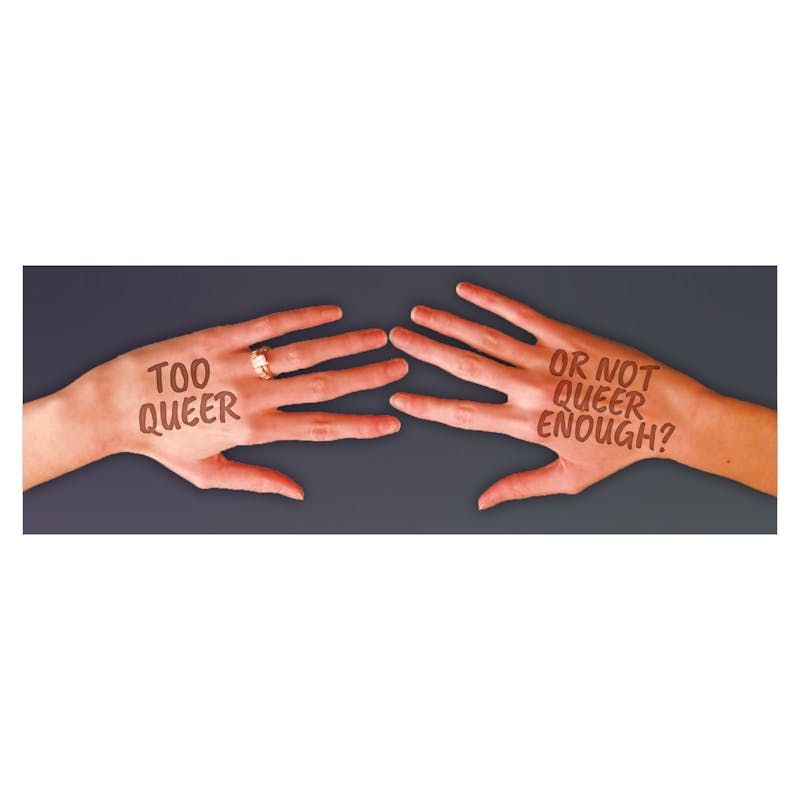People of color in the United States battle with racial discrimination daily. A person of color may notice how someone reacts when standing next to them on the elevator or how someone moves to the other side of the road before crossing paths on the same side of the street. People of color that battle with racial discrimination can struggle with poor mental health, according to Taylor and Francis Online.
That’s how Tony N. Brown, professor of sociology at Rice University in Houston sees it. Brown said the state of Texas has done a variety of research studies focusing on minorities and their battle with racial discrimination. Brown remembers a study published in 1986 focusing on mental health based on Hispanic women’s experiences at work.
“What these studies began to do was show over and over again that people were mistreated because of their race, eventually that mistreatment will lead to poor outcomes,” Brown said.
He discovered links between how people being mistreated in a work environment can lead to clinical depression. Shortly after the research in the late 80s, more research literature has expanded to different discrimination studies with one’s race or gender.
Rona Robinson-Hill, assistant professor of science education, is one of the few professors of color that currently teach at Ball State. She started working for Ball State in the beginning of August 2014.
Once Robinson-Hill became an educator, she realized she faced many challenges in being some students’ first educator of color in their life. With Robinson-Hill being the first, she knew she needed to create an environment within her classroom.
“I needed to teach students the importance of race,” Robinson-Hill said. “I wanted all my students that come in to know they are coming into a family … if one student doesn’t have a brother or sister, just know, once they enter that door, they have plenty of siblings.”
Courtney Harris, third-year science education major, was a student of Robinson-Hill.
“After I had my class with Dr. Hill, I didn’t know that I was only a few students of color in her class,” Harris said. “Dr. Hill eventually told me that she was happy for me to create a path for myself and take down the pressure of racism stereotypes.”
Racial discrimination can be caused by microaggressions. Brown explains how microaggressions are actions or comments people make in which they might be unaware. They are making a comment towards one's race or ethnicity, and some microaggressions can be hurtful towards others.
Once Harris got older, she realized she had peers share microaggressions based on how she looked.
“I went to a predominantly white middle school, meaning I was one of the few that looked different from my classmates,” Harris said. “I remember many of the students would point out how my hair looked different from theirs, how my skin color was darker than theirs and more.“
People of color spend most of their internal energy on being reactive to racism, according to a study on APA Psycnet, people of color are preparing themselves for insults of microinvalidations.
“One event can take place for a person of color, and once that event takes place, it becomes traumatic, it then leads to a spiral of emotions. Once you experience the event, you will never forget it,” Brown said.
Brown, teaching at a predominately white institution, has learned ways to make all students of color and white students feel safe.
“Our mental health is generally a combination of feeling wanted, secure, and safe… the basis of our mental health is like: wanted meaning important, secure meaning connected to others and safe meaning free from threats to one’s well-being,” Brown said.
Racial discrimination can play many roles in one’s mental health, and Brown encourages everyone to become allies and have conversations with minorities, so they can educate themselves. Once educated, people can become a secure source for people of color.
Robinson-Hill knows how difficult it can be for people of color to let others know they belong in the room. She wants to leave one piece of advice for students that might need to hear it.
"You need to make sure you sit in the front of the class front and center, don’t sit off to the edge, sit front and center so when they look up they see you,” Robinson-Hill said.
Contact Angelica Gonzalez Morales with comments at agonzalezmor@bsu.edu or on Twitter @angelicag_1107.





The Daily News welcomes thoughtful discussion on all of our stories, but please keep comments civil and on-topic. Read our full guidelines here.